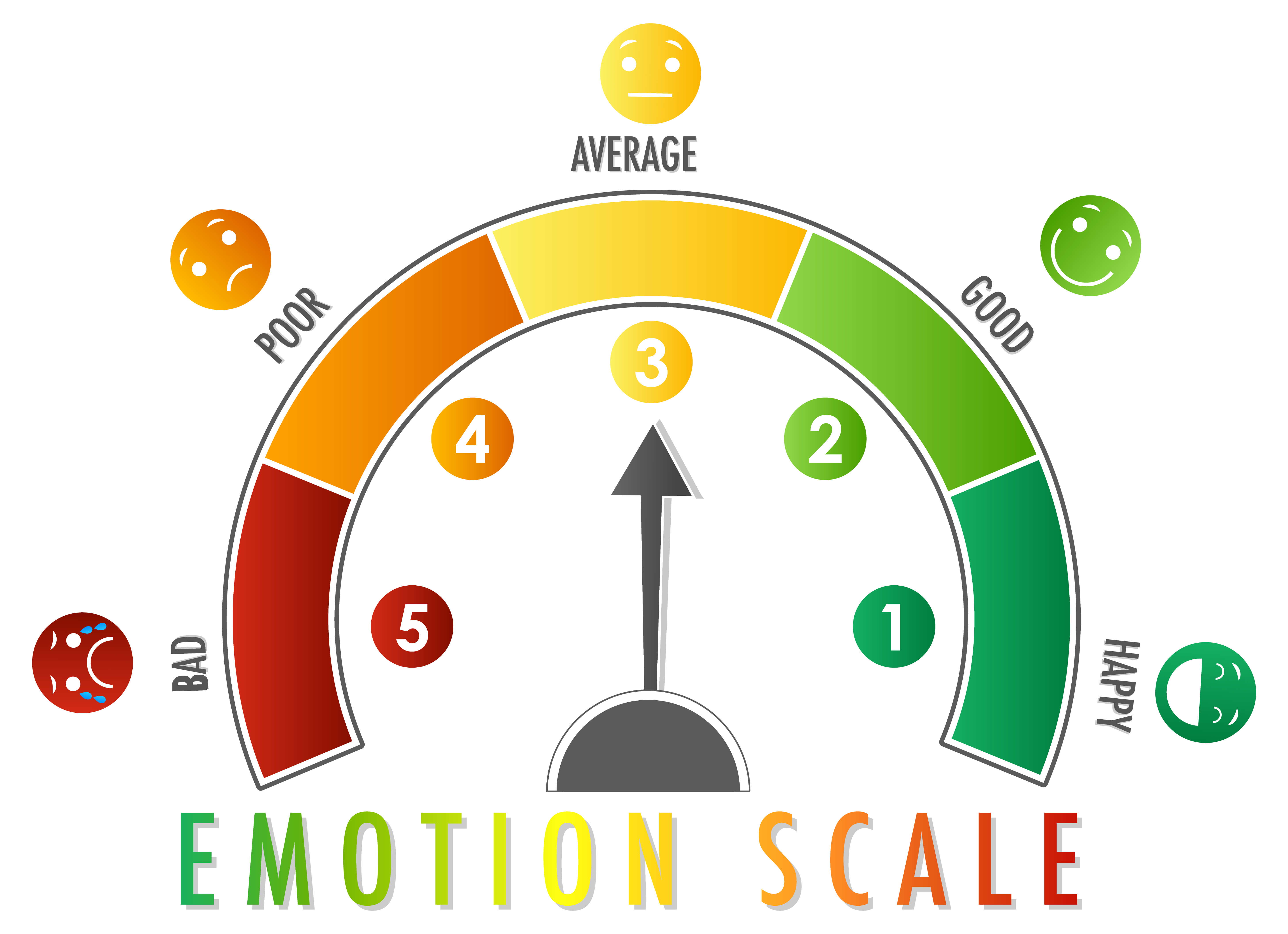The Interoception Approach provides a framework for cultivating awareness of the body’s internal signals—such as hunger, fatigue, temperature, pain, or emotional shifts—and connecting those signals to meaningful action.
Rooted in neuroscience and occupational therapy practice rather than behaviourism, it positions interoception as the “eighth sense” and the foundation for regulation, social emotional learning, and mental health.
Originally introduced through clinical work and research, it has been embraced in schools, therapy practices, and family contexts worldwide.
At its core, interoception work is about strengthening the bridge between body and mind, offering children and adults a pathway to self-understanding, regulation, and autonomy.
See: Interoception: The Eighth Sensory System
Benefits
The Interoception Approach equips educators and families with practical strategies to help students notice, interpret, and respond to their body signals. Activities emphasise curiosity, playful exploration, and compassionate validation, rather than compliance or correction. Key practices include noticing bodily sensations, linking them to emotions, and experimenting with actions that bring comfort or regulation.
The approach supports self-regulation by grounding coping strategies in embodied awareness, ensuring that skills like requesting a break or using a calming tool emerge from genuine felt experience. It is particularly effective for neurodivergent students, trauma survivors, and those who experience alexithymia or difficulty labelling emotions. Implemented well, it fosters resilience, nurtures mental health, and decreases reliance on punishment, restraint, or exclusion. See Interoception in Schools.
Limitations
Interoception work loses integrity when treated as a checklist or compliance tool. In some schools, interoception lessons risk being co-opted into behaviourist frameworks that reward “correct” answers about feelings or use body awareness as another form of monitoring. Such distortions undermine the approach’s core principle that each person’s interoceptive experience is unique and valid.
There is also a risk of over-simplification: assuming that once a child can name a sensation, regulation will automatically follow. In reality, interoception requires long-term cultivation, relational attunement, and respect for individual differences. Without these, the work can be reduced to superficial labelling exercises that replicate the very harm they seek to dismantle.
-
Regulation isn’t colouring a box: how neurotypical emotion models can harm autistic kids
The Zones of Regulation chart is made of four tidy…
Best fit for
The Interoception Approach thrives in environments committed to inclusion, emotional safety, and neurodiversity-affirming practice. It is well-suited for schools that want to move beyond behaviour charts and compliance culture, replacing them with sensory-based tools for understanding. It supports students who mask distress, who are labelled “defiant,” or who struggle with emotional communication. The approach works best when teams embrace flexibility, integrate playful learning, and recognise regulation as relational as well as individual. Families also find it helpful when traditional behavioural interventions have failed, as it reframes distress as a sensory and emotional signal rather than misbehaviour.
Disability justice alignment
The Interoception Approach aligns with disability justice by affirming the legitimacy of each person’s embodied experience and rejecting coercive frameworks that demand compliance. It resists the idea that there is a single “right” way to feel or a standardised path to regulation. Instead, it honours diversity of sensation and emotion, encouraging curiosity and self-compassion. It challenges the dominance of ABA-style behaviourism by refusing to treat behaviour as something to extinguish and insisting instead on listening to what the body communicates. In a disability justice frame, interoception work becomes an act of restoration—restoring the connection between body and self, restoring dignity in the face of compliance-driven systems, and restoring agency to those whose inner signals have been ignored or invalidated.
It also asks adults to unlearn habits of control. Supporting children through interoception practice requires humility: recognising that our own reactivity, judgments, or assumptions can obscure a child’s truth. By slowing down, inviting play, and meeting children in their sensory experience, adults create conditions for co-regulation, reciprocity, and trust. In this way, the Interoception Approach is not simply a teaching tool but a cultural shift—away from punishment and toward presence, away from compliance and toward care.
-
Feelings don’t fit in a box
So many adults assume that once a child can name what they’re feeling—angry, sad, worried, excited—they’ll be able to regulate it. Tools like the Zones of Regulation offer colour-coded frameworks, charts with cartoon faces, tidy categories meant to tame the storm. The belief is that if a child can say what’s going on inside, then […]
Learn more
- Kelly Mahler: https://www.kelly-mahler.com
- Mahler, K. (2017). Interoception: The Eighth Sensory System
- Kelly Mahler: Exploring Interoception and Alexithymia: How Are the Two Linked?













